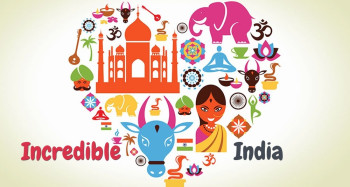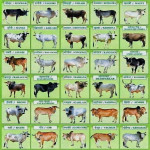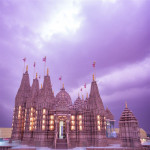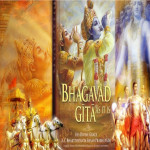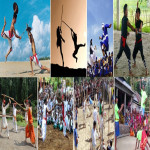Bharatiya is a diverse land, rich in tradition and steeped in culture. The whole world has acknowledged India's contribution in the fields of Spirituality, Music, Literature and Fine Arts. But was is a little known fact, is that India is also the birth place of some of the oldest forms of Martial Arts which have been practiced in this land for several centuries, imbibing techniques for self defense as well as physical, mental and spiritual development. These were also nurtured as a form of entertainment and folk culture showcasing skill and ability. Indian Martial Art forms have been adopted by the world both in the Far East as well as in the West, into more popular forms as they are known today, namely Kung Fu and Jiu-Jitsu schools of martial art, which appear in today's films, Dance forms, Theaters and even fitness regimes! 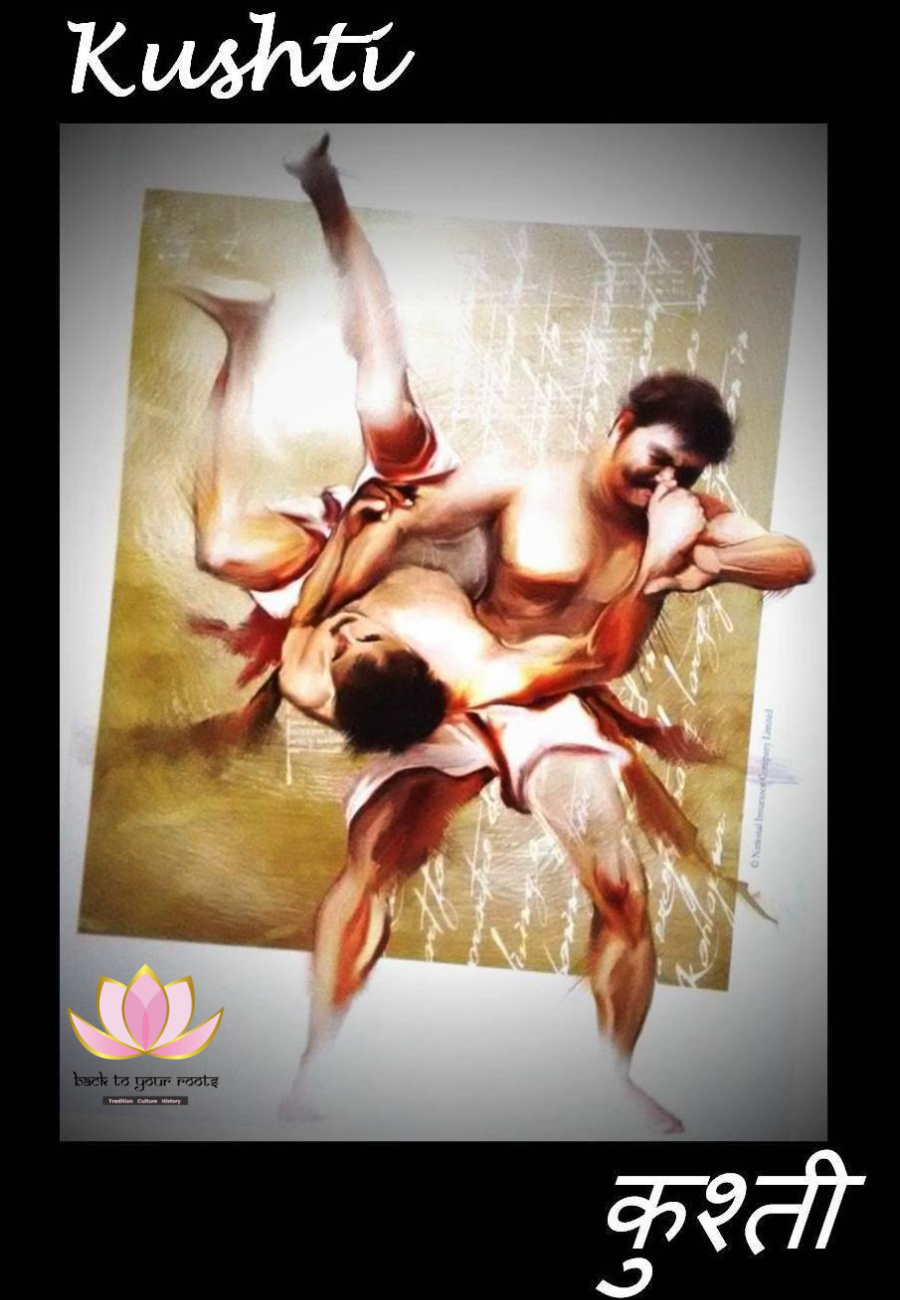
Kushti: The North Indian Wrestlemania
Kushti is India's traditional wrestling art form, in a clay or dirt pit with focus on strength building. The words 'pehwani'and 'kushti' are derived from 'pahlavani' and 'koshti'. Maratha rulers too supported Kushti by offering large sums of prize money for tournament champions. Kusthi, in its modern form, is a popular Olympic sport.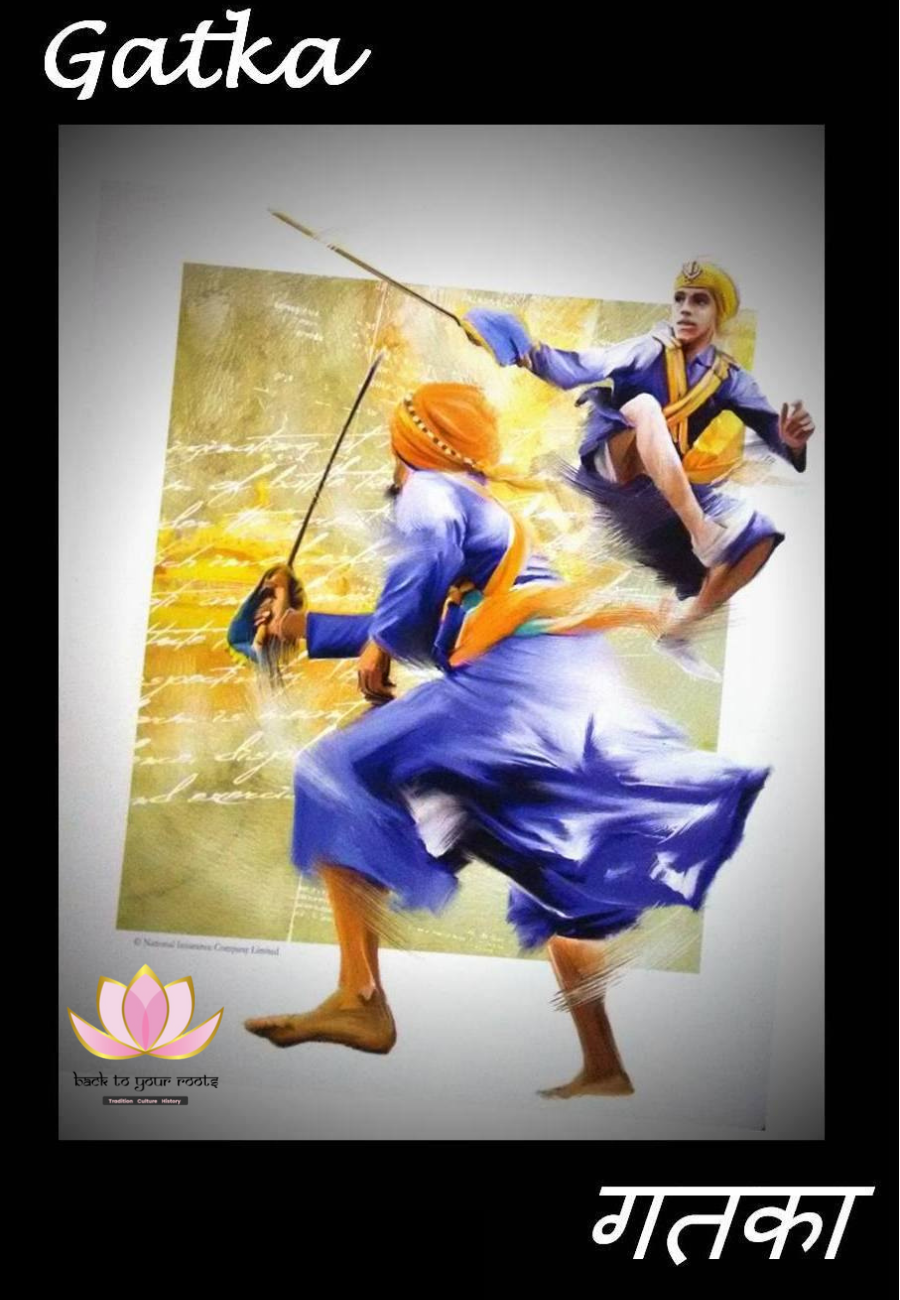
Gatka: The Punjabi Swordplay
Originating from the state of Punjab, it is a form of battle tactics developed by Sikhs, who were an efficient and fearsome warrior race practicing Gatka or Shastra Vidya. It involves fighting with sticks ( called Soti) along with farri, used to substitute the sword and shield respectively. This unique art form is chiefly meant for defense, displaying fighting skills and exercising self-control. It is widely displayed during different celebrations and fairs in Punjab.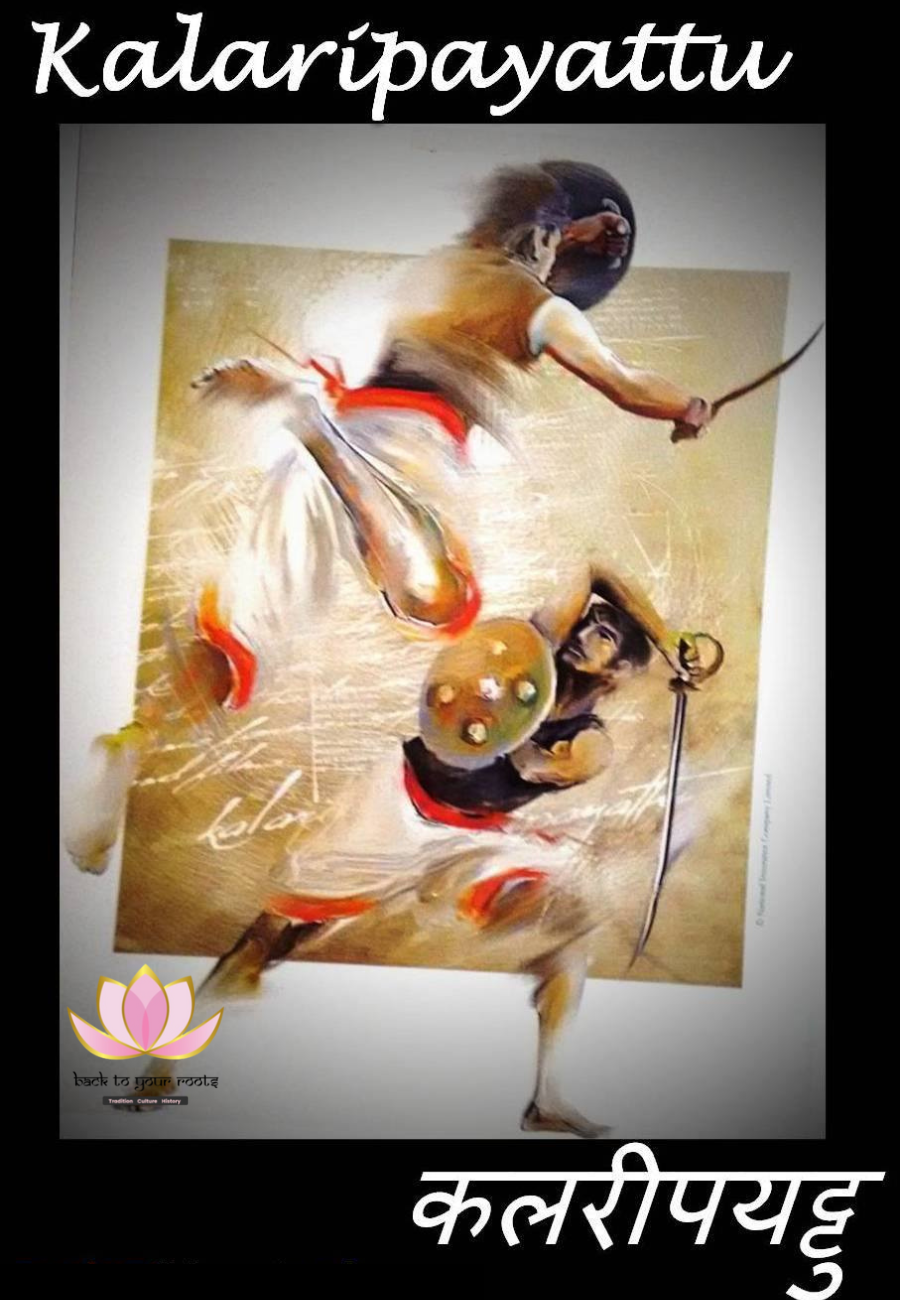
Kalaripayattu: From Kerala's Armoury
Lord Parasurama, the 6th incarnation of Lord Vishnu retrieved the land, now known as Kerala, from the sea with his epic valour. In order to honour the great 'Warrior and the Sage', the martial art form of Kalaripayattu emerged in the northern and central parts of Kerala thousands of years ago. Kalaripayattu, a form of Vajramusthi, combines alertness, speed, dexterity and breathtaking agility as bare-checked warriors take on each other with swords, shields and daggers along with gravity-defying aerial kicks, lunges and torso bends. The end result: simply captivating!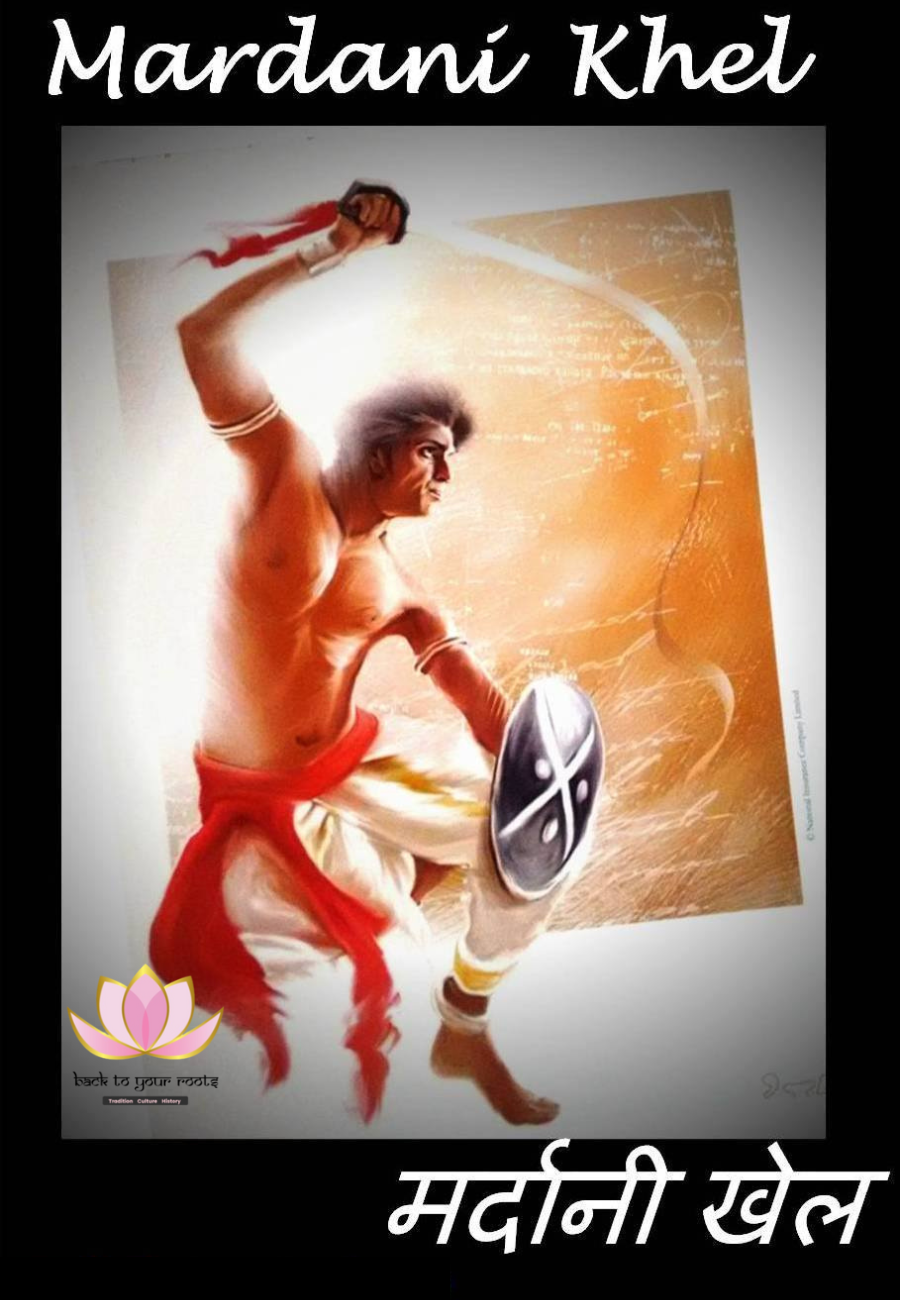
Mardani Khel: Marathas Show the Way
Originally from Maharashtra, this is a weapon-based martial art form. The early history of Mardani Khel, as a distinct system, is difficult to trace, but it is said to owe its development to the particular geographic conditions of Maharashtra. A hilly region characterized by vallies and caves, the inhabitants became expert horsemen who favoured light armour and highly mobile cavalry units during war. This traditional martial art is still practised in the Kolhapur region and mostly as a folk game of self-defense.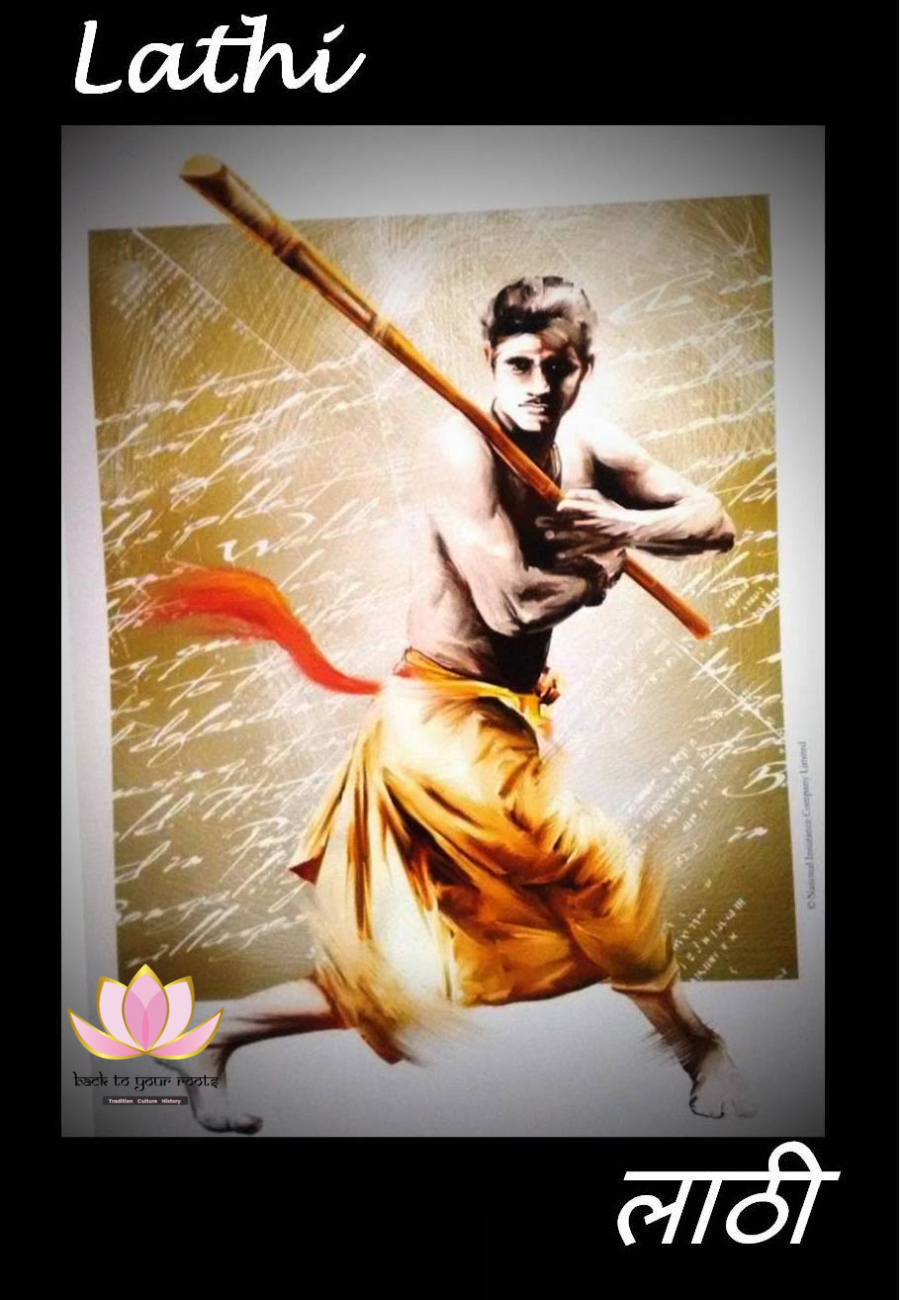
Lathi: Bengal's Baton
An ancient armed martial art of India and one of the worlds oldest weapons. In the Mahabharata guru Dhronacharya teaches the Pandavas and Kauravas the ancient martial art combat of Lathi and mace fighting. Stick fights between individuals or large gathering and between sub tribes where men fight duals, involves quick lathal blows to the opponents, and is an important part of the anthropological heritage of various cultures in India and abroad. A similar sport called "Chamdi" is played in parts of North Bengal.
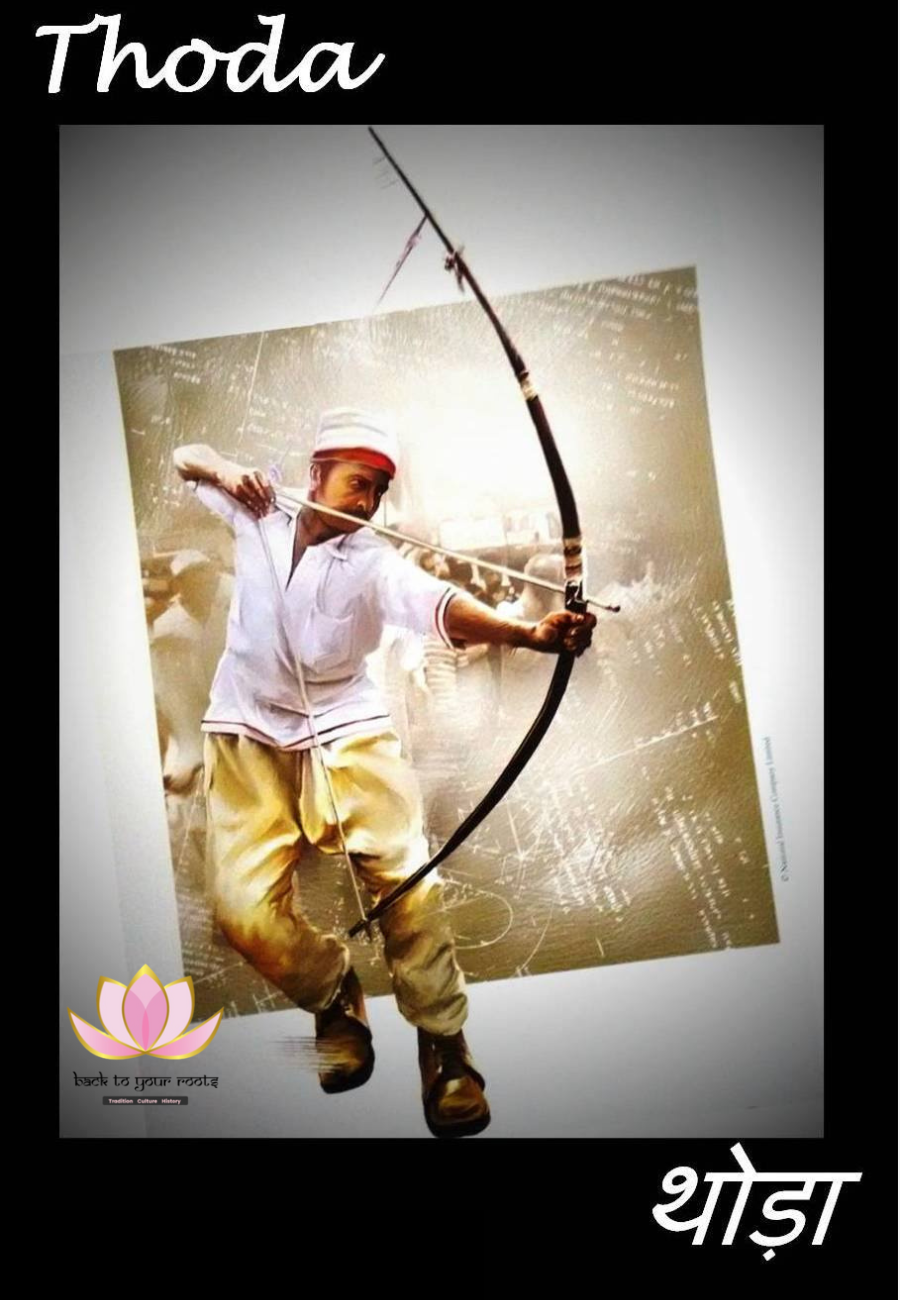
Thoda: The Himachali Defense
There was a time when the picturesque valleys of Kulu and Manali, a handful of village folk would go to another village and in true bonhomie, challenge them to friendly encounter of archery - a mixture of martial arts, culture and sport on Baisakhi. The archers would be divided into 2 groups - Saathi, Pashi and the target would be to aim each arrow at the opponent's leg. As both the oponents face each other, they would begin shaking and kicking their legs to and fro with brisk movements, to thwart the aim of their adversaries as that is the only way of their self-defense.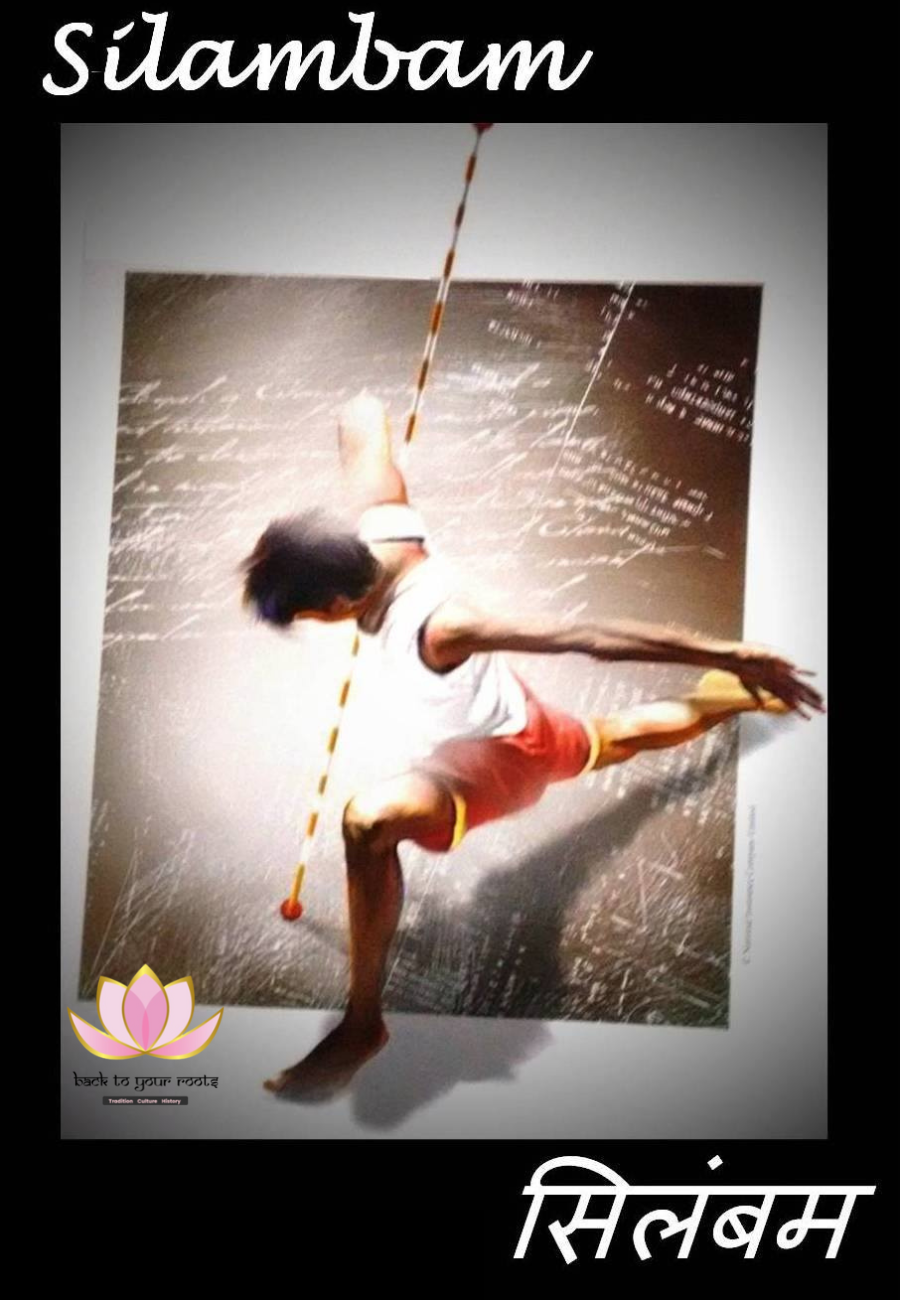
Silambam: The Tamilian Duel
A traditional stick-based martial art form from Sourth India where the word Silam stands for hills and Mambam stands for bamboo from the hills. Popular in Tamil Nadu, it includes very well-structured techniques, rigorous footwork, the fluency of play interesting fighting strategies. Silapathiharam documents the dexterous use of the long and short Silambam Sticks used in mock fighting as well as serious combats. Such was its popularity, this ancient Indian art of fencing travelled far and wide.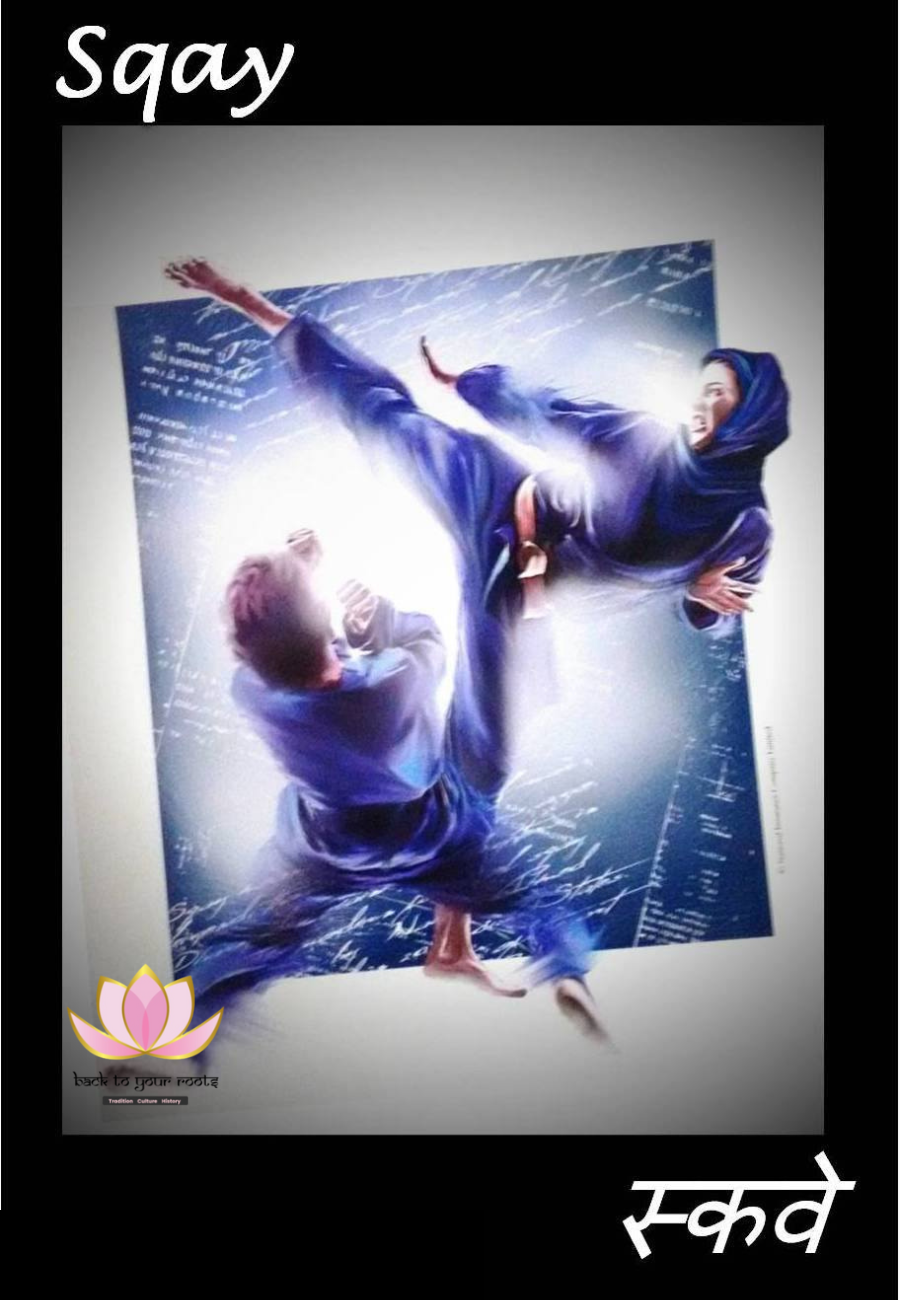
Sqay: Kashmir's Battle Techniques
An ancient martial art created and practised by the people of Kashmir. The Persian word 'Sqay' means "knowledge of war". As the legend goes, thousands of years ago, Kashmir's King Dharyadev trained his fighters in this defensive art form. Now Sqay is practised in 20 Indian States. The swift movements and defensive steps of the art are similar to those of Karipayattu. A wide range of combat methods such as blows, kicks, punches, locks and chops are used in Sqay.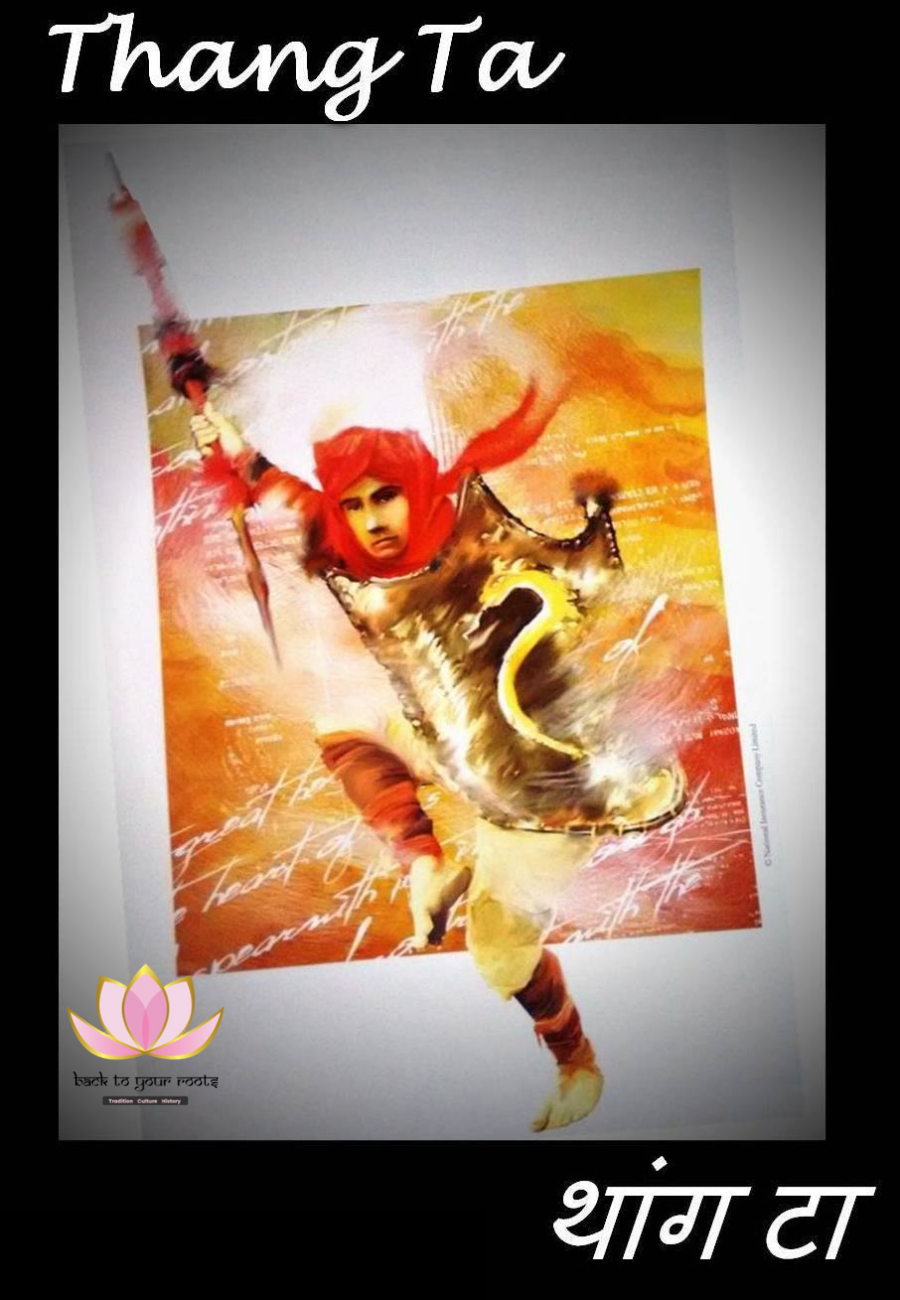
Thang Ta: Manipur's Defense Tactics
This traditional martial art is a part of the great heroic tradition of Manipur. Living on the edge under challenging circumstances was natural for the people of Manipur. Manipuri men and women were well honed in the art of Thang Ta, "The Art of Sword and Spear" which helped them with self-defense. Intergrating various external weapons - the sword, spear, dagger - with the internal practice of physical control through soft movements coordinated with the rhythms of breathing which links some parts of it to tantra. Over the years, it has seperated into 2 schools of training, one for actual combat and the other as Manipur's ritual dances.
Kuthu Varisai: The Tamilian Punch
First attested to in Sangam literature, Kuthu Varisai translates rough as 'punching sequence'. Kuttu literally means to punch but when colloquially used in conversational language it can also mean 'fight'. Techniques incorporate striking, grappling, throws and locks. Strikes make use of almost every part of the body such as the first, elbows, feet, knees, etc. Patterns in Kuthu Varisai make use of animal-based sets including the tiger, snake, elephant, eagle and monkey forms. Advanced students are taught the art of pressure point fighting called Varma Kalai.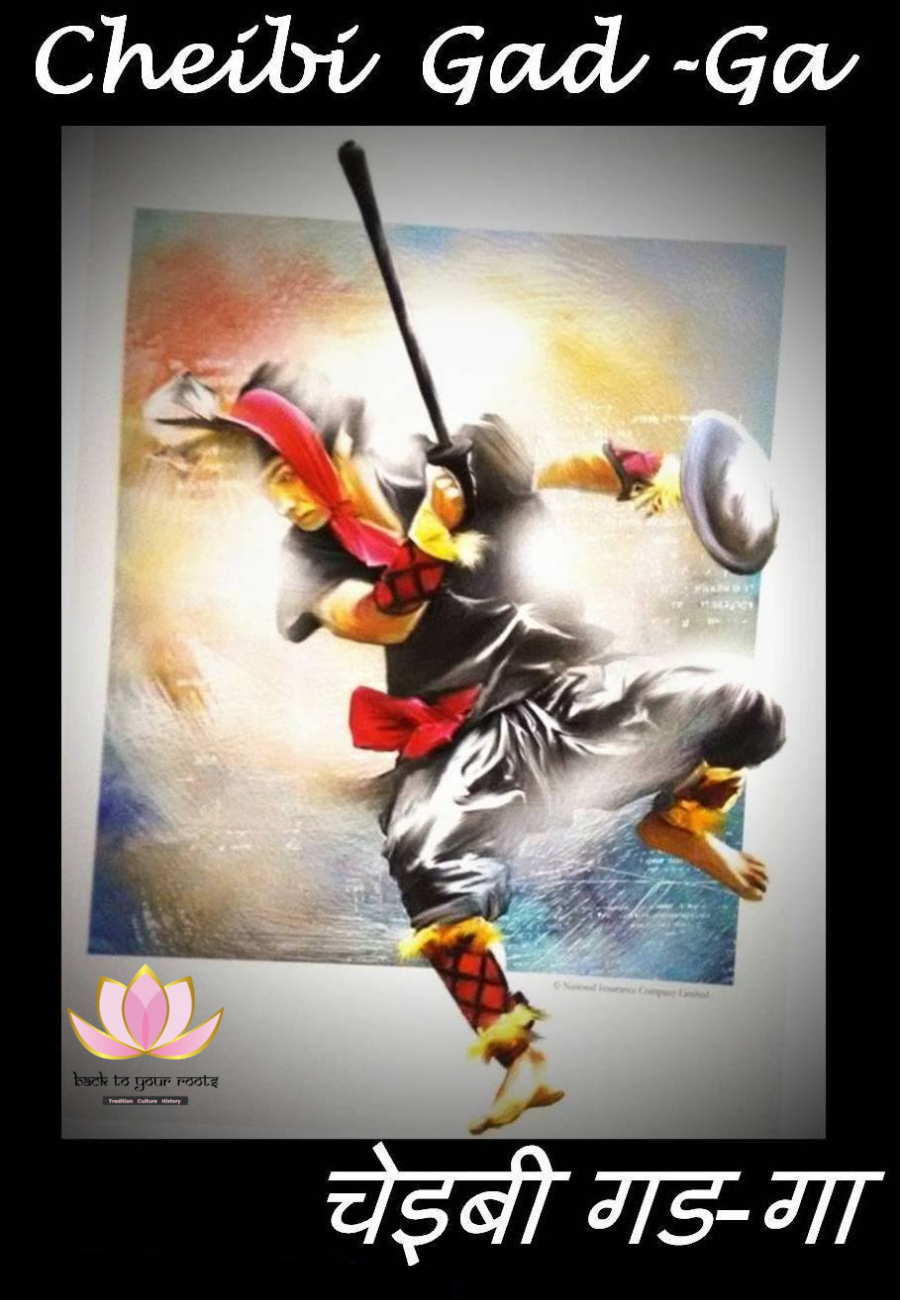
Cheibi Gad-Ga: Manipuri Skill-show
Originating in Manipur, Cheibi involves the drill of a sword and shield, but the sword is made of stick and covered with soft leather and it is accompaigned with a leather shield. Similar in many ways to modern fencing, the edge of Cheibi has a coat of fine fresh white liquid, each touch on the opponents body counts for a point. In the South, the same sport exists as 'Cheruvadi'. Victory in this martial art depends more on skill, than brawn and brute force.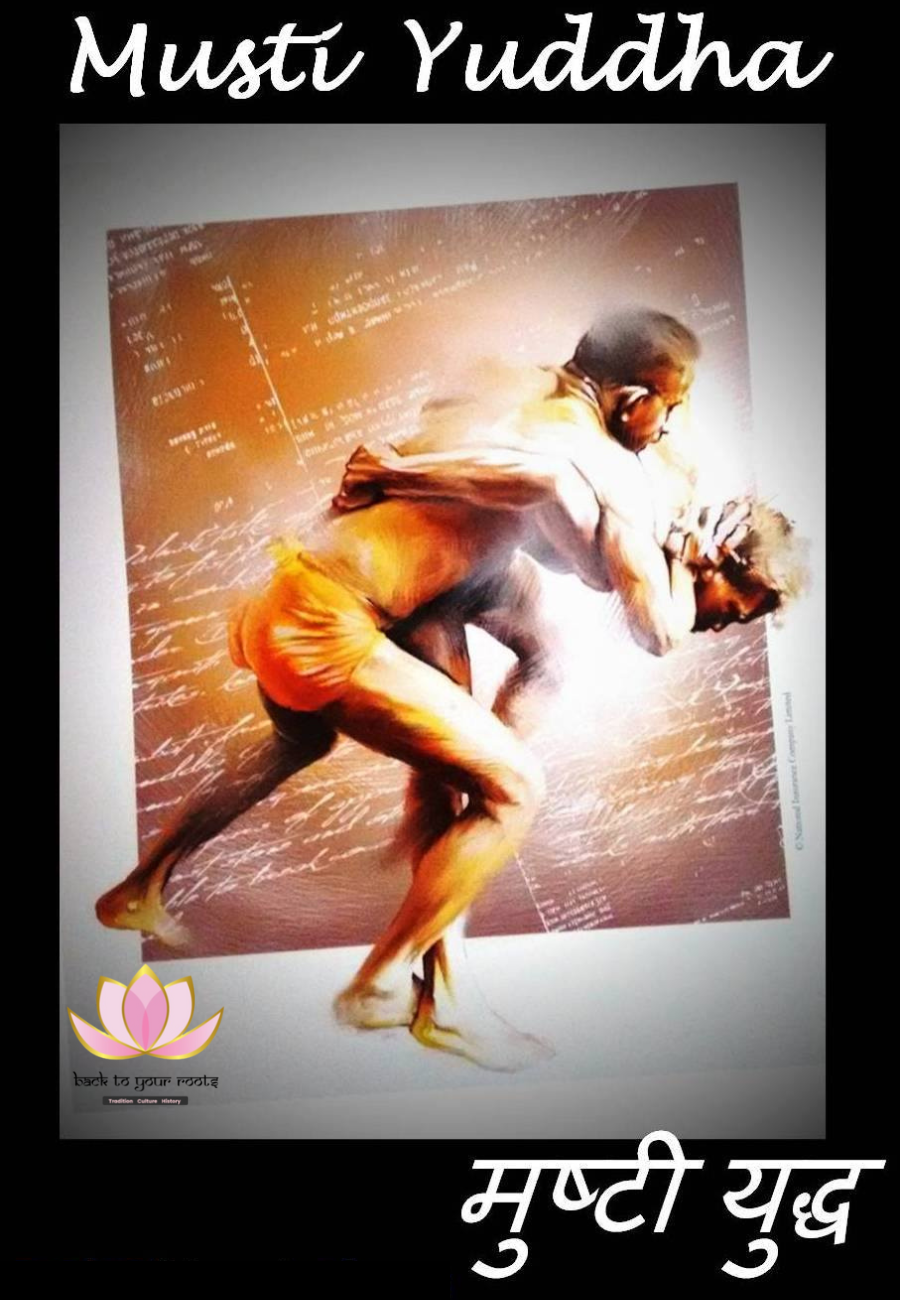
Musti Yuddha: Varanasi's Fists of Fury
It is an unarmed martial form originating in Varanasi, the oldest city of India, literally meaning 'Fist Combat', from the Sanskrit words, 'Musti'(Fist) and 'Yuddha'(Battle). In the Ramayana, maharshi Valmiki talks of young Lord Rama, Lakshmana who took to fist fighting as part of their priliminary training during combat. Aspiring boxers undergo years of apprenticeship, toughening their fists against stone and other hard surfaces, until they are able to break coconuts and rocks with their bare hands. The present sport of boxing is a refined form of this traditional Indian martial art.


